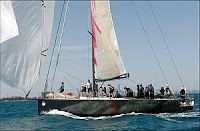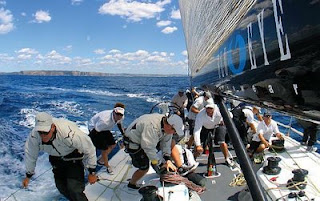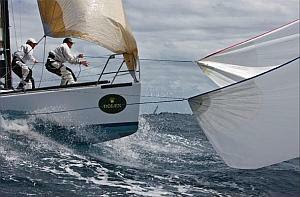Gybing Assymetricals

28 Jul 2009 Australian Sailing April 2009 IN THE 1987 America’s Cup hosted in Perth, Australia IV tested and developed a ‘secret weapon’ called a gennaker. As the name implies it was a cross between a genoa and a spinnaker, to be used on the reaching legs of the Olympic triangle courses. It had limited success but was innovative enough to send the other syndicates into hasty development programs.This sail was probably the first true attempt at a modern asymmetric spinnaker for keelboats. Today they are commonplace on every type and style of sailing boat from dinghies to super maxis and even most cruising boats have an asymmetric as their preferred downwind option.Asymmetric spinnakers have actually been around for a long time in Australia and New Zealand in the form of the ‘flatties’ used on skiffs and local dinghy classes like the Sharpies and Vee Jays. But today’s ‘asy’ is a long way removed from those sails. Sailing with asymmetric spinnakers presents a whole new way of sailing down...

